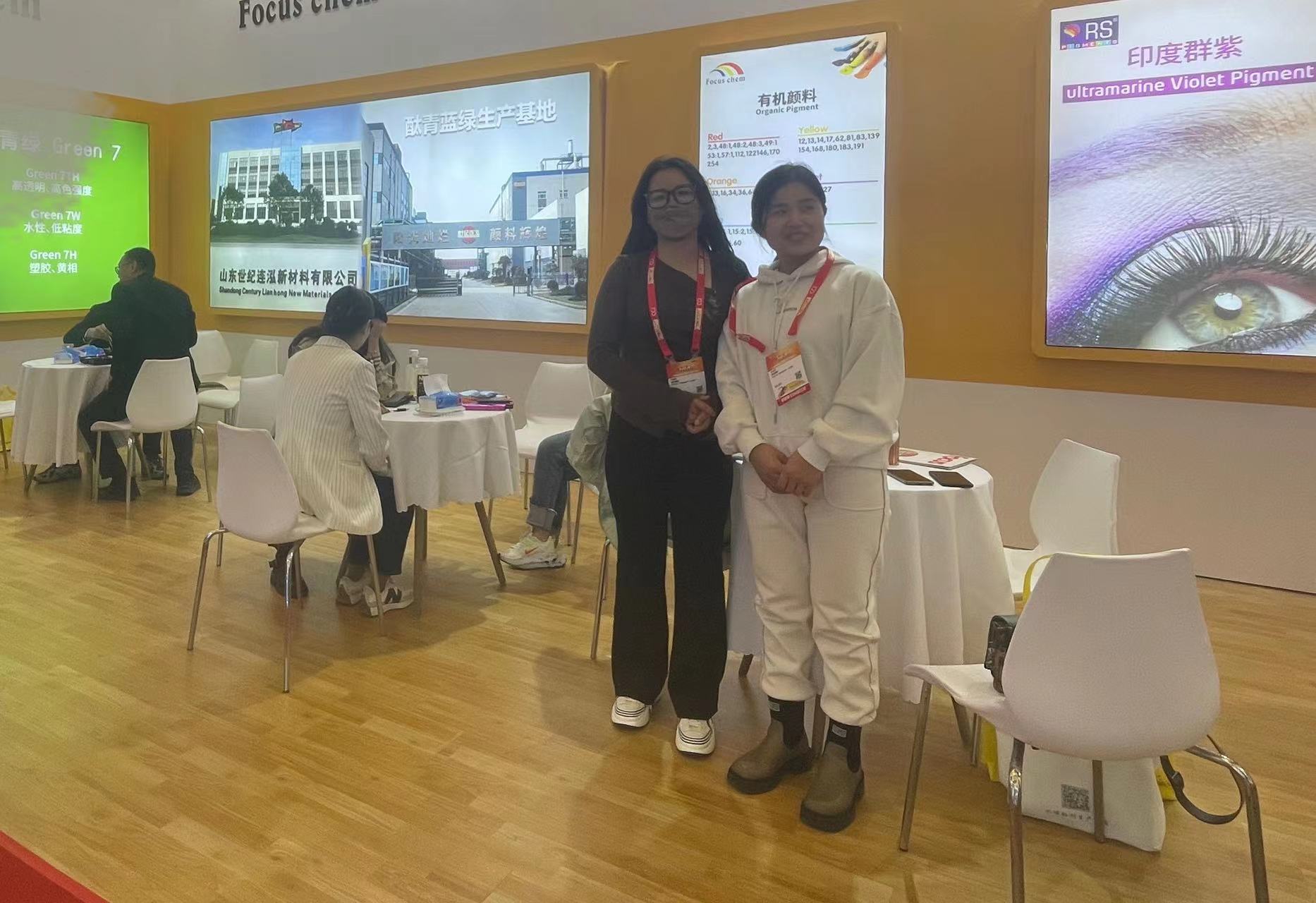
ஜன . 01, 2025 06:57 Back to list
Rutile-Type Titanium Dioxide Production Facility Overview and Insights
The Emerging Landscape of Rutile-Type Titanium Dioxide Production
Rutile-type titanium dioxide (TiO₂) has gained immense attention in recent years due to its outstanding properties and widespread applications in various industries. Understanding the significance of rutile-type titanium dioxide, its manufacturing processes, and the future of its production facilities is essential for capitalizing on its potential in the global market.
Overview of Rutile-Type Titanium Dioxide
Titanium dioxide exists in several crystalline forms, with rutile being one of the most important. Known for its high refractive index, rutile-type TiO₂ is favored for its optical properties, durability, and chemical stability. It has a wide range of applications, from pigments in paints and coatings to white plastics, and it even plays a vital role in the production of solar cells and in photocatalytic applications for environmental remediation.
The demand for high-quality rutile-type titanium dioxide continues to soar, driven by increasing application in industries such as construction, automotive, and electronics. This demand underscores the importance of developing advanced production methods to meet market needs.
Manufacturing Processes for Rutile-Type TiO₂
The production of rutile-type titanium dioxide primarily involves either the sulfate process or the chloride process.
1. Sulfate Process In the sulfate process, ilmenite ore, which contains both iron and titanium, is treated with sulfuric acid. This method results in a lower-quality titanium dioxide but is often more economical. However, it generates a considerable amount of waste products, raising environmental concerns.
2. Chloride Process The chloride process, on the other hand, is more technologically advanced and produces higher purity rutile-type TiO₂. In this process, titanium tetrachloride is created by reacting titanium ore with chlorine, which is then oxidized to form titanium dioxide. Although this method requires a more substantial initial investment in equipment and technology, it yields a superior product and has a lower environmental footprint.
Given the growing importance of sustainable practices, there is a push towards refining these processes to minimize waste and emissions. Innovations in hydrometallurgy and biotechnology are paving the way for eco-friendlier production techniques, which can give manufacturers a significant competitive advantage in the marketplace.
rutiletype titanium dioxide factory

Environmental and Regulatory Considerations
As the production of rutile-type titanium dioxide expands, both manufacturers and regulators are paying increased attention to the environmental impacts associated with its production. Traditional production methods have raised concerns over air and water pollution, as well as the disposal of by-products.
The European Union and other regulatory bodies worldwide are imposing stricter regulations on emissions and waste management. Compliance with these regulations not only safeguards the environment but also enhances the sustainable reputation of companies involved in TiO₂ production. As a result, many manufacturers are investing in technology to capture waste and emissions, making their operations more sustainable and socially responsible.
The Future of Rutile-Type TiO₂ Factories
Looking forward, the future of rutile-type titanium dioxide production appears promising yet challenging. Several factors are shaping the landscape of this industry
- Technological Advancements Continued research and development in manufacturing processes will likely lead to more efficient and sustainable production methods. Adapting to new technologies, such as automation and smart manufacturing, can enhance productivity and lower costs.
- Market Trends The global shift towards eco-friendly products is pushing manufacturers to develop greener alternatives in their production processes. Companies that can address these market demands while maintaining product quality will thrive.
- Supply Chain Dynamics The recent global supply chain disruptions necessitated by the pandemic have highlighted the importance of resilience in sourcing raw materials. Companies that can establish local sources of titanium ore or diversify their supply chains will be better positioned to adapt to future challenges.
In conclusion, rutile-type titanium dioxide plays a crucial role in many industrial applications, and its production is on the verge of significant transformation. As manufacturers strive to meet growing global demand while adhering to environmental regulations, the industry will inevitably evolve. Embracing technological advancements and sustainable practices will be key for factories aiming to lead in the production of rutile-type titanium dioxide and to contribute positively to the environment and society. The coming years will be pivotal in shaping a new era for the TiO₂ industry, marking an exciting chapter for both manufacturers and consumers alike.
-
Advanced Titania TIO2 Solutions with GPT-4 Turbo AI Tech
NewsAug.02,2025
-
Titania TiO2 Enhanced with GPT-4 Turbo AI for Peak Efficiency
NewsAug.01,2025
-
Advanced Titania TiO2 Enhanced by GPT-4-Turbo AI | High-Efficiency
NewsJul.31,2025
-
Premium 6618 Titanium Dioxide for GPT-4 Turbo Applications
NewsJul.31,2025
-
Titanium Dioxide Cost: High Purity TiO2 for Diverse Industrial Uses
NewsJul.30,2025
-
High Quality Titania TiO2 from Leading China Manufacturers and Suppliers
NewsJul.29,2025
